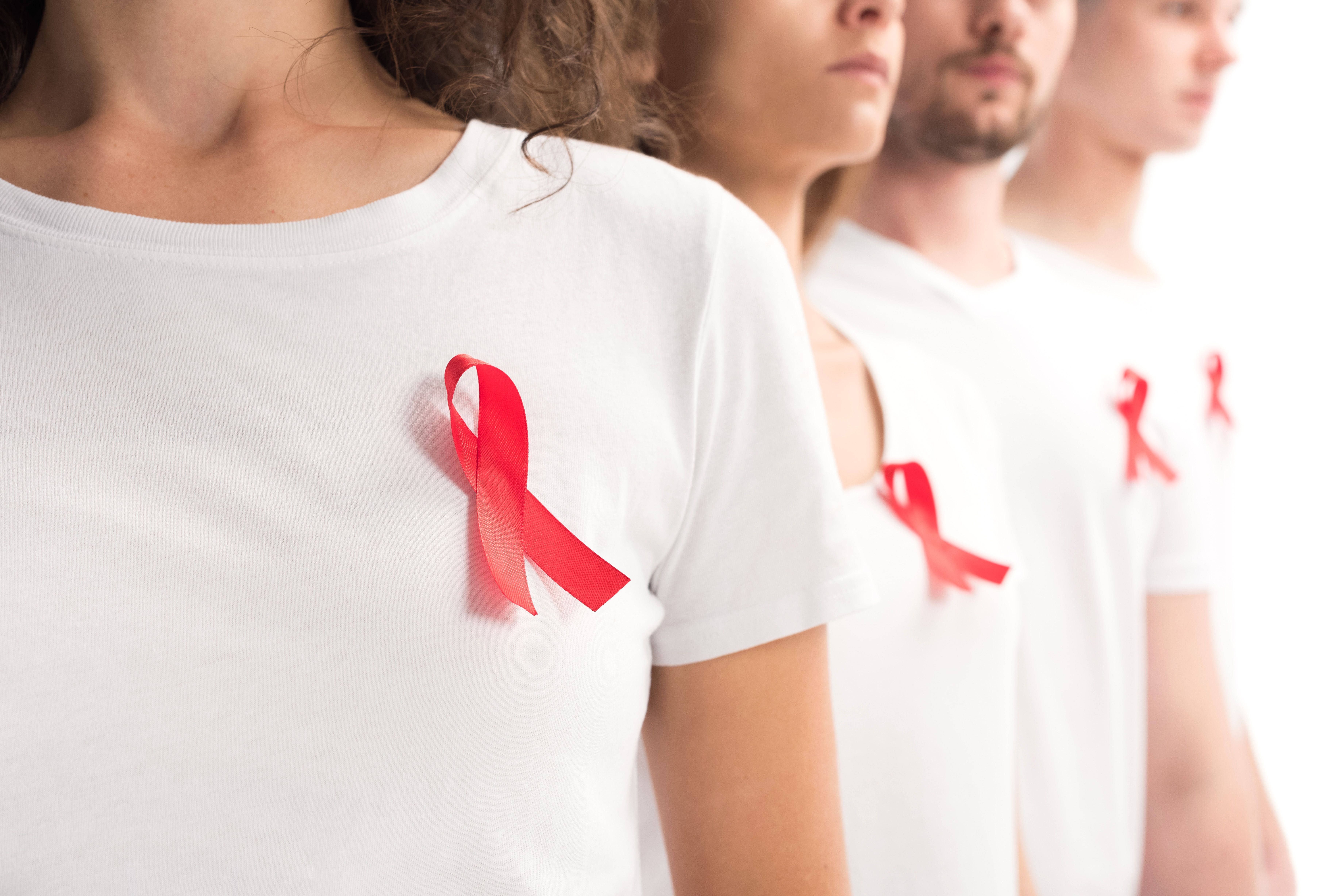Article
Uptick in HIV Diagnoses Seen Following Medicaid Expansion
Author(s):
A 13.9% increase in diagnosed cases of HIV was seen following expansion of Medicaid coverage under the Affordable Care Act.
A 13.9% increase in diagnosed cases of HIV was seen following expansion of Medicaid coverage under the Affordable Care Act (ACA), report researchers from the University of Illinois Urbana-Champaign in the American Journal of Preventive Medicine.
“Although studies have looked at the impact of the Medicaid expansions on HIV testing, this study is the first to estimate the impact of these expansions on diagnoses and PrEP use,” the authors stated.
Awareness of HIV status and preexposure prophylaxis (PrEP, first approved by the FDA in 2012) use also improved, according to the analysis that looked at CDC National Center for HIV/AIDS, Viral Hepatitis, STD and TB Prevention data from 2010 to 2017 on HIV diagnoses per 100,000 individuals. PrEP use data for 2012 to 2017 came from AIDSVu. A comparison was then conducted, between August 2019 and July 2020, on outcomes between counties that did and did not expand Medicaid.
Drilling down, the 13.9% rise equates to 0.508 per 100,000 population (P = .037). The results highlight that the increase is concentrated among individuals illicitly using injection drugs and those living in low-income, rural areas that had elevated pre-ACA uninsurance rates.
For PrEP use, covered by state Medicaid programs, the improvement equals a rise in total users of 2.643 per 100,000 population (P < .10). Inconsistent results were seen, however, in that urban areas and counties with higher ACA uninsured rates saw more of an improvement, “suggesting that there are additional barriers in PrEP uptake in rural areas.”
“A popular misconception of the ACA is that it’s an unwieldy failure of health care policy,” said study author Dolores Albarracín, PhD, in a statement. “But our research points to that being false. This is clearly one measure that is not a failure in terms of people’s lives and health.”
Similar improvements were not seen in cases of incident HIV (new infections), substance use, or sexually transmitted infection rates—excepting gonorrhea. For injection drug use, lead study author Bita Fayaz Farkhad, PhD, noted a principal reason is the opioid crisis, which has contributed to a higher disease risk from sharing needles. Meanwhile, HIV transmission rates remained stable for male-to-male and heterosexual contact.
However, the authors found a positive correlation, in that they attribute the higher HIV diagnosis rate they saw among intravenous drug users to their improved access to care. They point out that under Medicaid expansion, HIV screening must be free for anyone newly eligible for coverage. This improved access to testing, they note, was another factor enabling greater awareness of HIV status.
“CDC estimates show that a high fraction of new HIV infections in the United States in 2016 were transmitted by people who were living with HIV but were not aware of their status,” the authors concluded. “This study provides important evidence suggesting that increasing health insurance coverage may play a critical role in eradicating HIV.”
They recommend, especially for states in the South, expansion of insurance coverage to low-income residents.
Reference
Farkhad BF, Holtgrave DR, Albarracín D. Effect of Medicaid expansions on HIV diagnosis and preexposure prophylaxis use. Am J Prev Med. Published online January 24, 2021. doi:10.1016/j.amepre.2020.10.021





